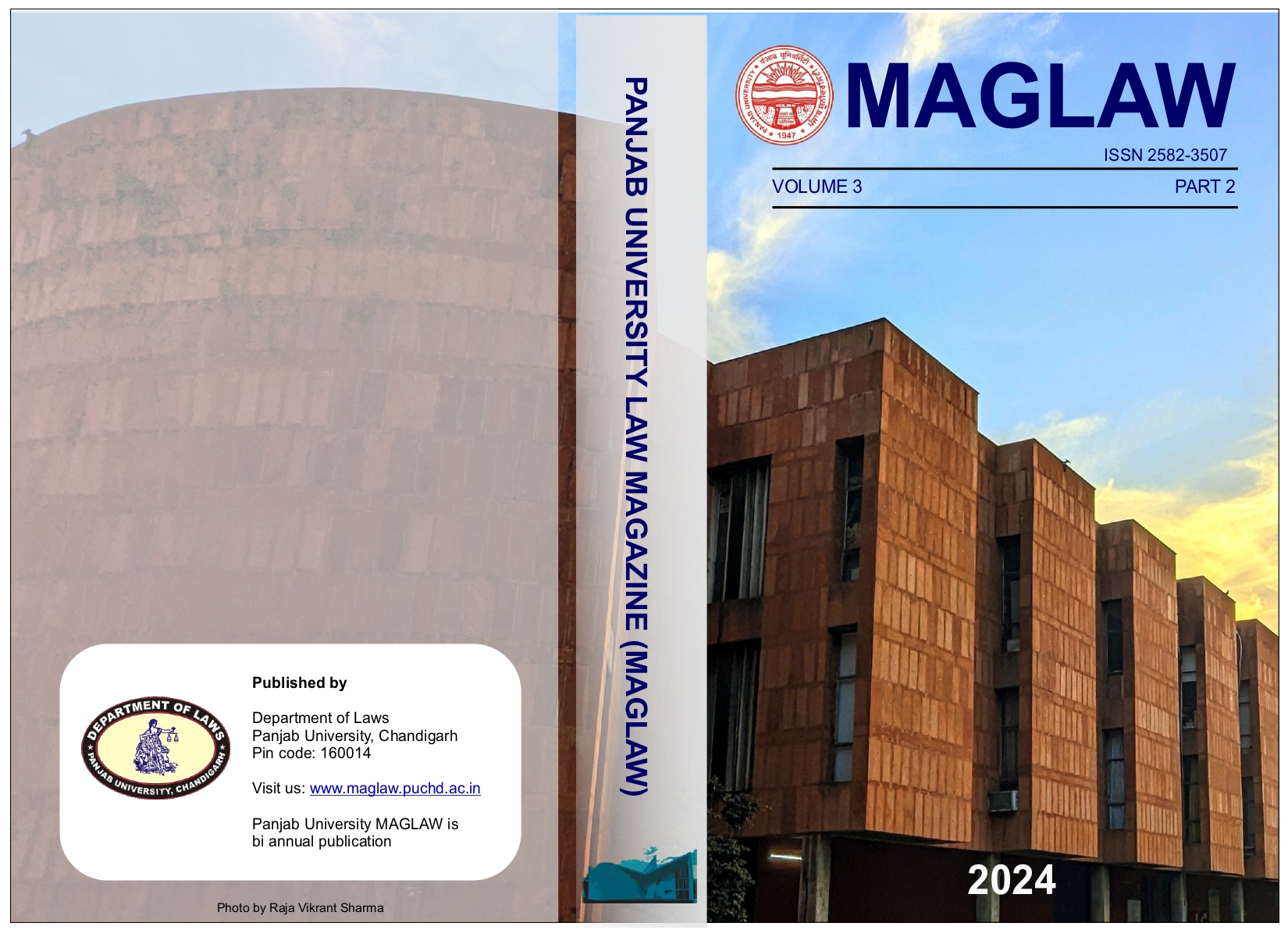THE SCOPE AND CONTENT OF THE POWER CONFERRED ON THE GOVERNOR OF THE STATE UNDER ARTICLE 161 OF THE CONSTITUTION
Keywords:
K. M. Nanavati, State of Bombay, Art. 161, Art. 142, Governor’s AuthorityAbstract
The case notes overview the incident that took place on 5th September 1960. In India, the trial of K.M. Nanavati, a naval officer contemplating an allegation of murder, is a fundamental legal analysis of the equilibrium between executive clemency and judicial authority. The case raised important concerns about the extent of the governor's authority under Article 161 and how it intersects with the power that the courts have been granted under Article 142. This case was dealt with by a Constitutional Bench wherein JusticeKapur's opposition raises questions regarding the potential overreach of executive power, but the majority's stance delivers an equitable approach to adhering to constitutional values and the rule of law. The significance of this case lies in the way it defines the limits of executive clemency with respect to judicial monitoring, thus strengthening the concept of the separation of powers. The case note's analysis focuses on the historical background, legislative intent, and fundamental constitutional concepts that inform how Articles 161 and 142 are interpreted.


